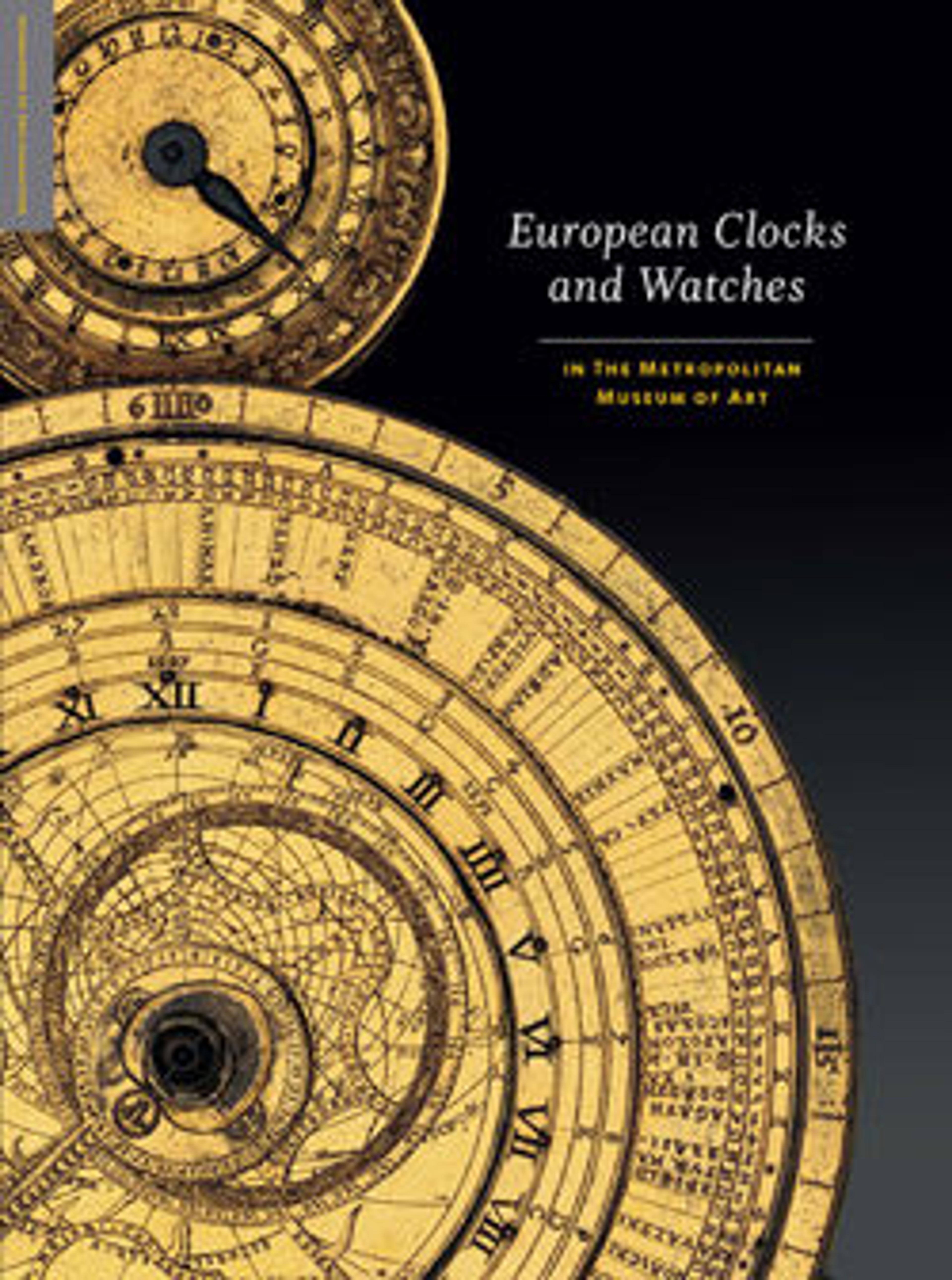Automaton clock in the form of a lion
The rampant lion, an animal with strong heraldic connotations, must have been a successful model for several types of automata, to judge from the number of surviving examples. The eyes and mouth of this automaton are set in motion when the clock strikes the hour. The piece was in use long enough to have been fitted with a short pendulum sometime after its invention in the second half of the seventeenth century.
Artwork Details
- Title: Automaton clock in the form of a lion
- Maker: Clockmaker: Karl Schmidt (German, ca. 1590–1635/36, working 1614)
- Date: ca. 1620–35
- Culture: German, Augsburg
- Medium: Case: gilded brass and gilded silver on a base of ebony, and ebony veneered on fruitwood; Dial: silvered brass; Movement: iron and brass
- Dimensions: Overall: 13 1/2 × 8 × 5 1/2 in. (34.3 × 20.3 × 14 cm)
- Classification: Horology
- Credit Line: Gift of Mrs. Simon Guggenheim, 1929
- Object Number: 29.52.15
- Curatorial Department: European Sculpture and Decorative Arts
More Artwork
Research Resources
The Met provides unparalleled resources for research and welcomes an international community of students and scholars. The Met's Open Access API is where creators and researchers can connect to the The Met collection. Open Access data and public domain images are available for unrestricted commercial and noncommercial use without permission or fee.
To request images under copyright and other restrictions, please use this Image Request form.
Feedback
We continue to research and examine historical and cultural context for objects in The Met collection. If you have comments or questions about this object record, please contact us using the form below. The Museum looks forward to receiving your comments.
